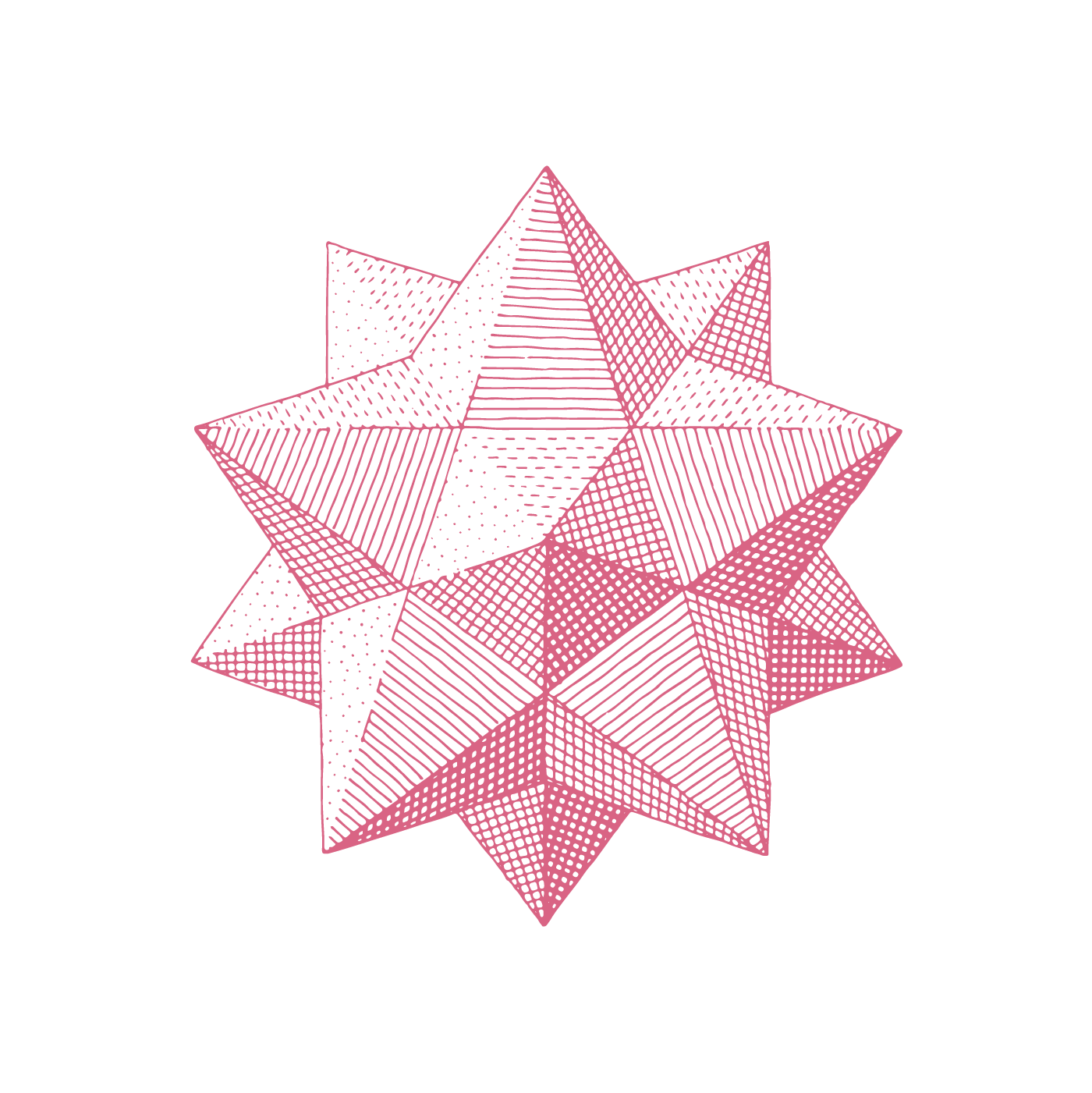A Rose By Any Other Name: The 3rd Earl of Bute's Botanical Tables
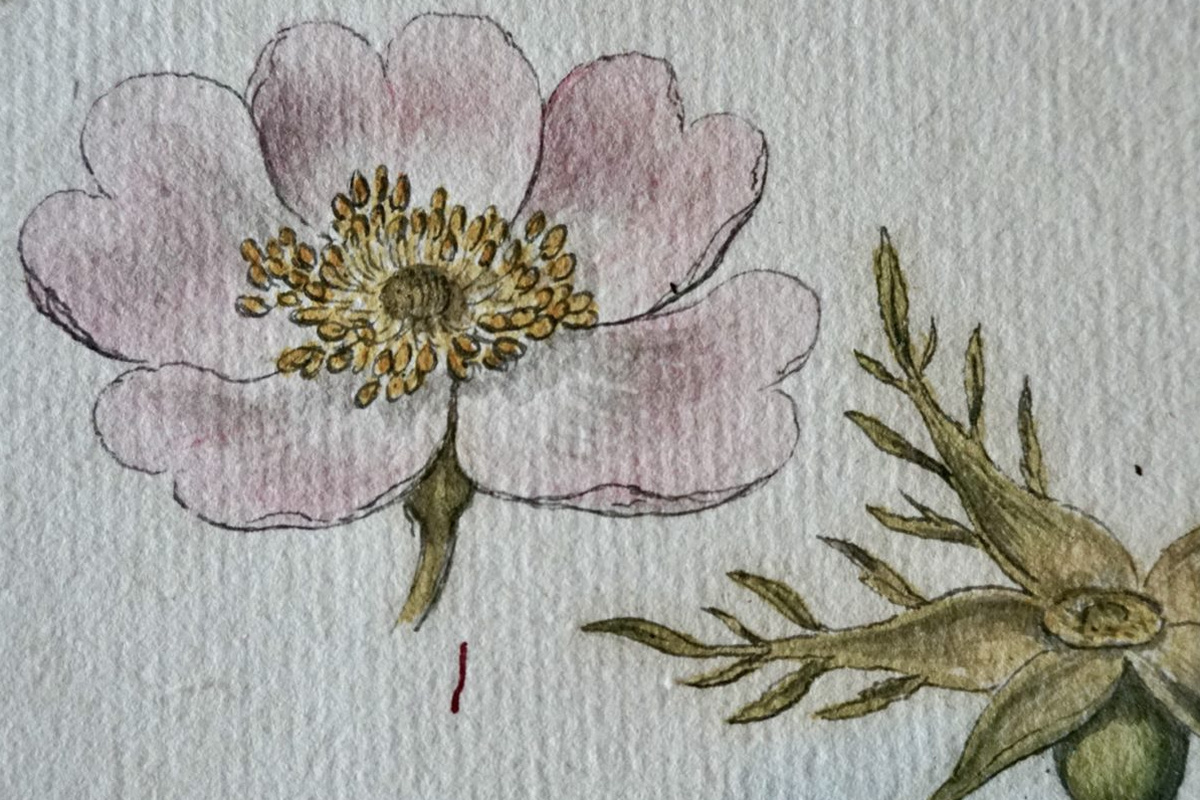
The humble dog rose (also known as Rosa canina) cheerfully adorns our hedgerows across the Isle of Bute throughout July, and inside the Bute Libraries and Bute Archive at Mount Stuart is a delicate illustration of a dog rose, produced for a very special book bound in nine volumes. Read on to learn more about the 'Botanical Tables' and the 3rd Earl of Bute’s passion for plants.
The eighteenth century was an era which saw momentous voyages of discovery, both with plant hunting expeditions crossing vast oceans for new botanic specimens and through the exchange of knowledge within the Enlightenment movement.
The shelves of the historic libraries at Mount Stuart are full of riveting tomes, and many were collected during the eighteenth century by John Stuart, 3rd Earl of Bute, whose vast library at Luton Hoo was 144 feet long with over 30,000 books. Although today he is widely known for serving as Prime Minister of Great Britain under King George III from 1762-63, the 3rd Earl of Bute was a great patron of the Arts and Sciences during the Enlightenment period and also an ardent botanist. As a boy he saw the creation of the first Mount Stuart House (whose white Georgian wings can still be seen today) and the early development of the Mount Stuart Gardens and Policies under the direction of his father the 2nd Earl of Bute, which likely had a great influence on the young 3rd Earl.
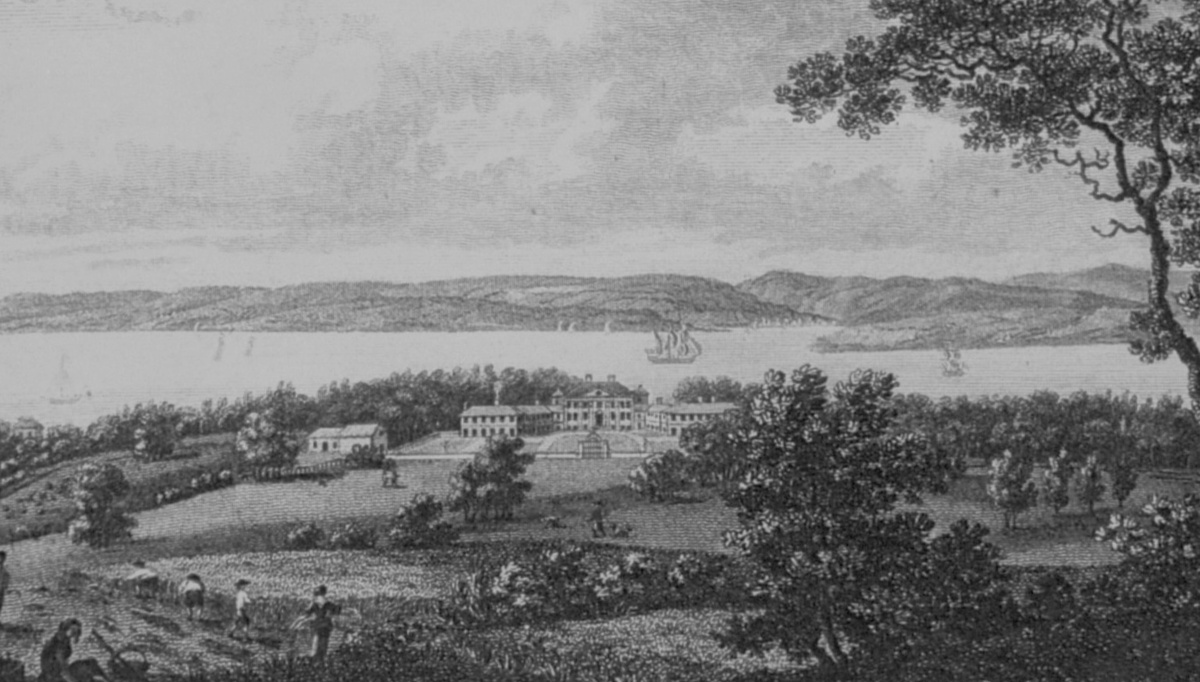
The first Mount Stuart House, depicted in an engraving after Charles Steuart's 1784 painting from the Bute Collection at Mount Stuart.
At the young age of ten, the 3rd Earl inherited his father’s title and came under the guardianship of his mother, Lady Anne Bute (nee Campbell), and his two uncles, the 2nd Duke of Argyll and Earl of Ilay (later 3rd Duke of Argyll). Archibald Campbell, 3rd Duke of Argyll and 1st Earl of Ilay was an influential politician, and had one of the greatest gardens of the age at Whitton Park in Twickenham where the 3rd Earl may have become captivated by his rare and exotic specimens. After studying at Eton and going onto the University of Groningen to study law, he continued his studies at the University of Leiden where his passion for plants continued to bloom. In the 18th century, Leiden was known for being an important centre of botanical research, and the 3rd Earl moved within the circles of renowned Dutch botanists including Professor Adriaan van Royen and Jan Frederick Gronovius – the latter of whom would go on to become a patron of Carl Linnaeus.
The 3rd Earl graduated from Leiden in 1732, a few years before Carl Linnaeus’s radical book, Systema naturae, was published in 1735 which would heavily influence the 3rd Earl after his political career. In the Systema naturae, Linnaeus divided the natural world into three kingdoms (animal, vegetable, and mineral) and created an order by which plants could be classified by their floral parts, known as the ‘Sexual System’. Although Linnaeus’s system soon became the accepted classification scheme, the Systema naturae caused an intellectual uproar between prominent botanists of the day – not everyone agreed with imposing the Linnean taxonomy, and much debate ensued.
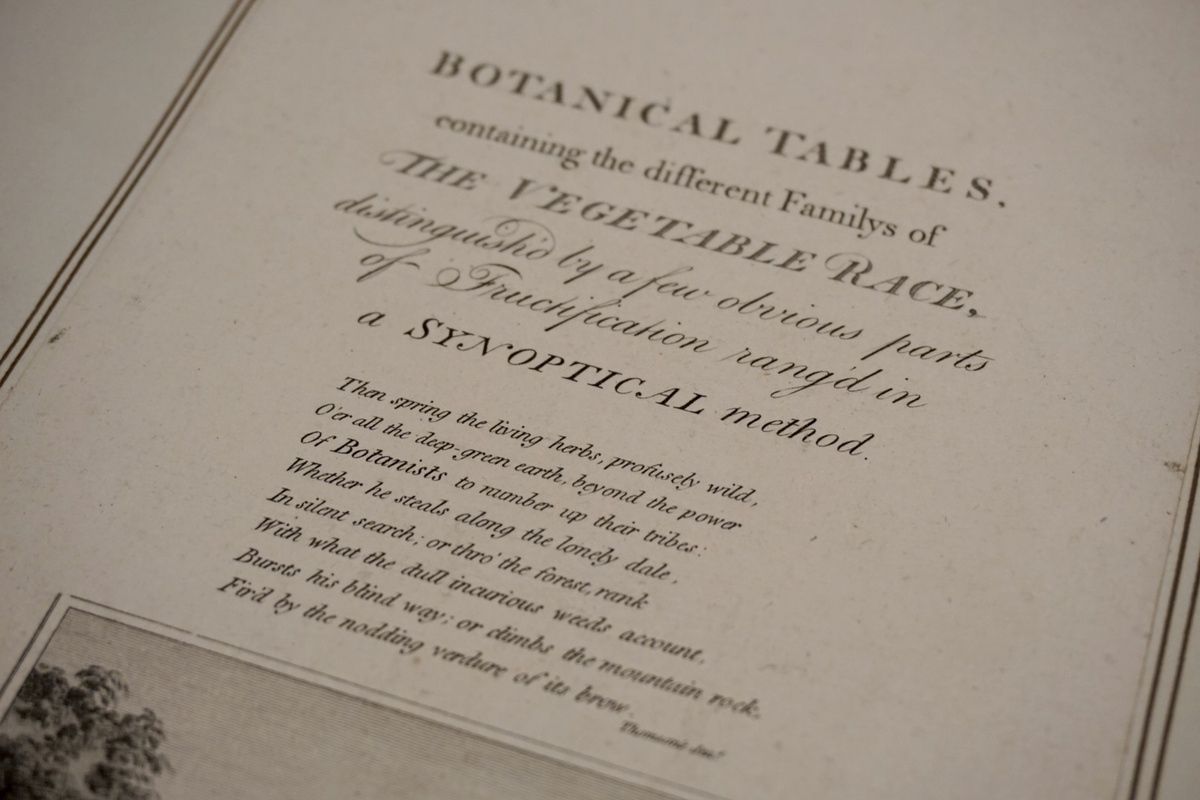
Frontispiece of the 3rd Earl of Bute's 'Botanical tables' - The Bute Libraries at Mount Stuart.
After a short and tumultuous tenure as George III’s Prime Minister in 1762-63, the 3rd Earl retired from public life to his home in Hampshire called Highcliffe, and indulged in his beloved pursuits of science, books, and botany. At Highcliffe, the 3rd Earl decided to embark on a bold new project: to privately print a publication explaining his personal interpretation of the Linnean plant classification scheme, delving into the naming debate. The publication was entitled Botanical Tables containing the different familys of British Plants distinguished by a few obvious parts of Fructification rang'd in a Synoptical method. The 3rd Earl commissioned the fine botanical painter and engraver John Miller (also known as Johann Sebastian Müller) to illustrate his text, and in March 1782 Miller commenced work on over 600 intricate illustrations for the project.
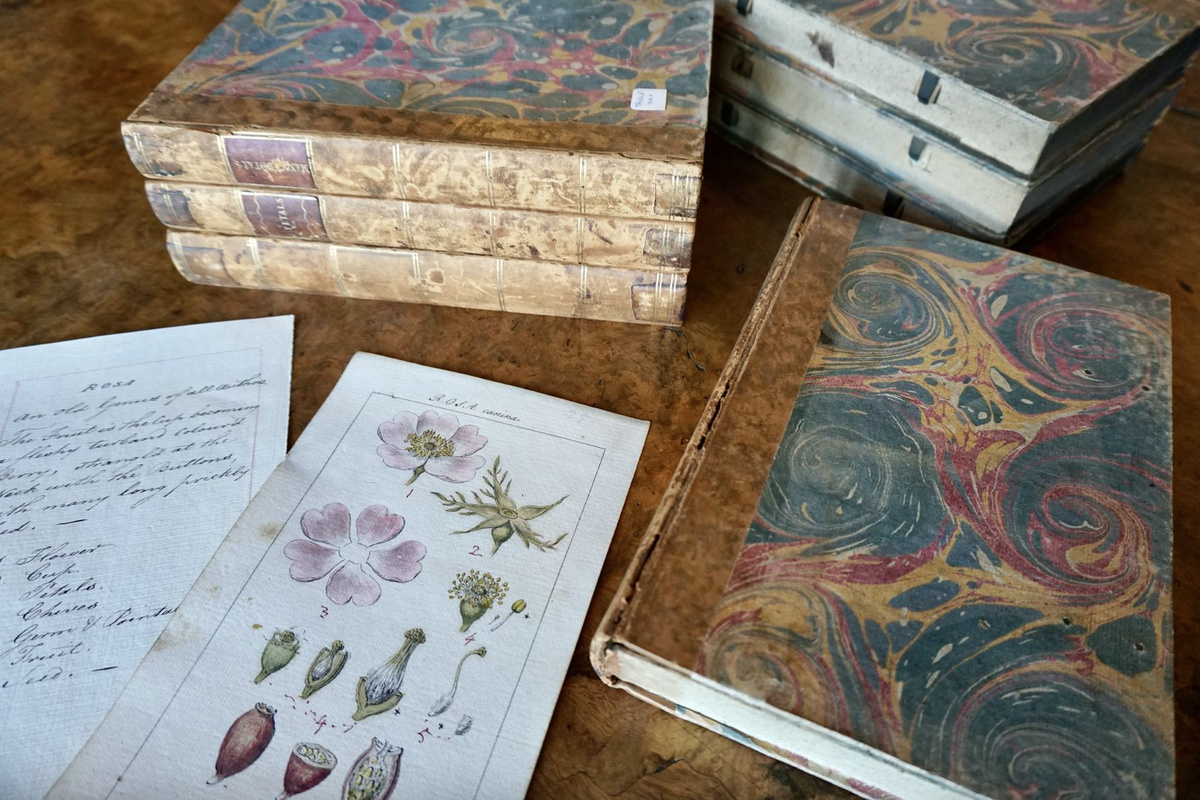
John Miller's original illustration of Rosa canina (BU/124/48) - The Bute Archive at Mount Stuart.
Twelve sets of the Botanical tables were printed in 1785, and these detailed the spectrum of British plant life. Each copy was comprised of nine quarto volumes, with each of Linnaeus’s classes being represented by a corresponding table, the 3rd Earl’s commentary, and Miller’s intricate illustrations displaying each plant described in the book. The production of these books was a time-consuming and expensive undertaking, with some scholars suggesting that they could have cost the 3rd Earl around £1000 at the time to produce (the equivalent of around £86,000 today).
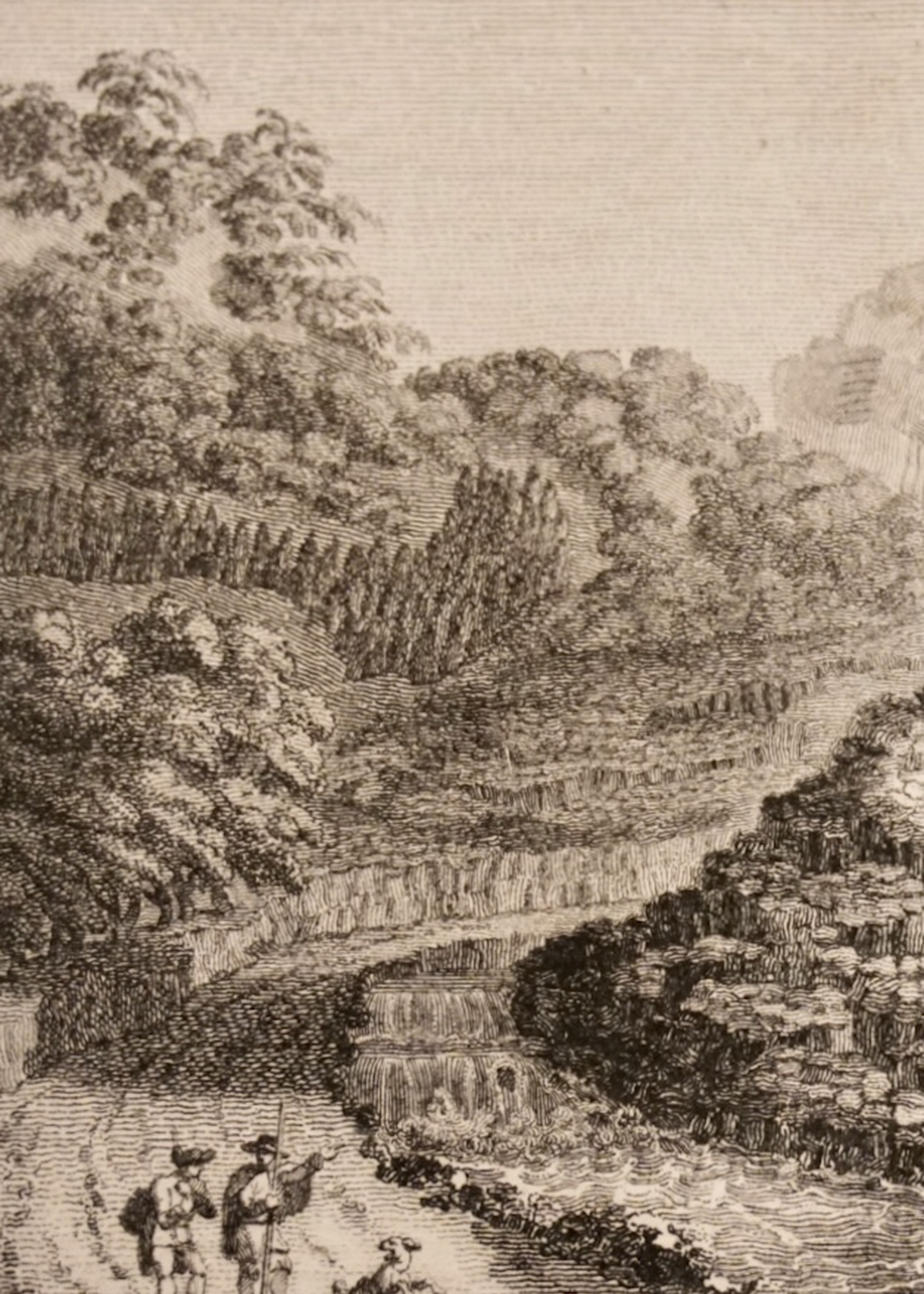
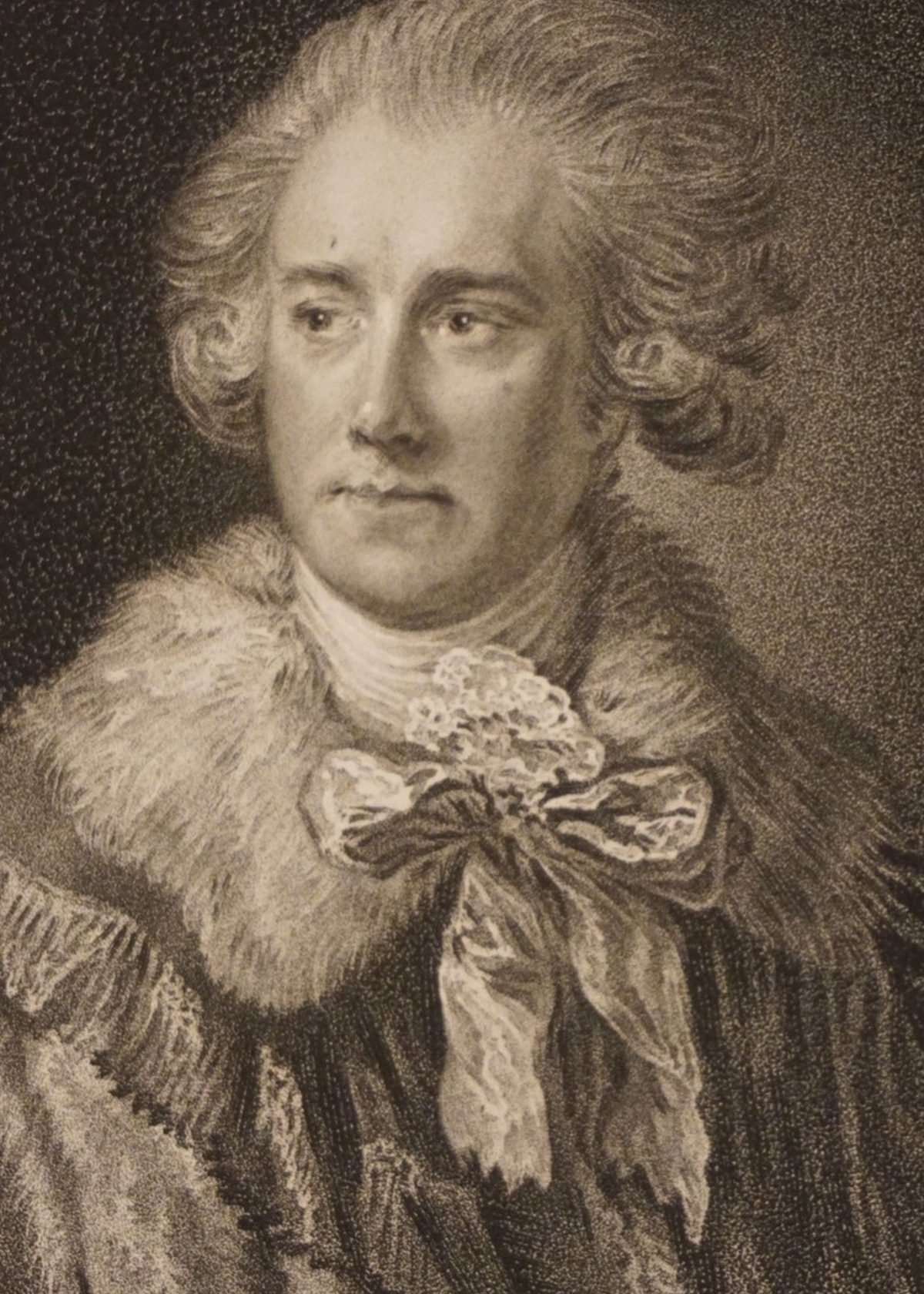
The sets created were presented to friends, family and two queens, including the likes of Sir Joseph Banks, the Comte de Buffon, and Margaret Cavendish-Bentinck, Duchess of Portland. Unlike the other sets which were bound in brown tree calf leather bindings, the two sets destined for queens were bound in red goatskin and decorated with shimmering gilt fore-edges - the 3rd Earl presented these to Catherine the Great of Russia and Queen Charlotte of Great Britain and Ireland (widow of King George III). The 3rd Earl had assisted Queen Charlotte as the first unofficial manager of the Royal Botanic Gardens of Kew, and the Earl dedicated the Botanical Tables to her. Queen Charlotte was said to have found the volumes to be a “rational, beautiful and enticing Amusement”, and the set presented to her was placed in a bespoke satinwood cabinet adorned with floral motifs and fitted with gilt-bronze handles, which continues to be cared for by the Royal Collection Trust.
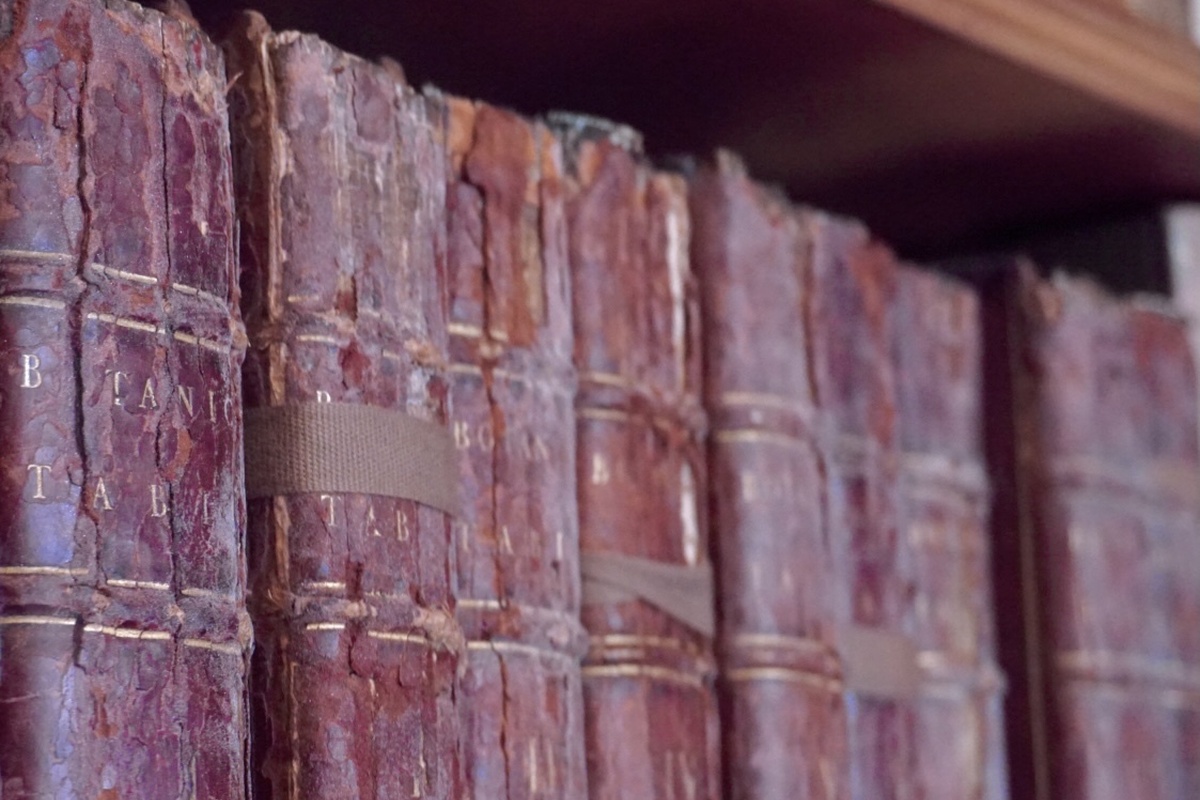
The 3rd Earl of Bute's Botanical tables in the Purple Library at Mount Stuart.
Today, the 3rd Earl of Bute’s personal copy of the Botanical Tables (1785) in its nine volumes continues to be cared for in the Libraries at Mount Stuart, and the printed proofs and original drawings (1780-85) are preserved in the Archive. The original drawing of Rosa canina is hand-coloured, and one of around 4145 items within 63 volumes of water-marbled boxes that are arranged by class. Tantalisingly, the remains of the 3rd Earl’s handwritten edits remain in red ink throughout the drawings and printed proofs, and this can be seen on the original Rosa canina illustration, numbering and naming the different parts of the dog rose.
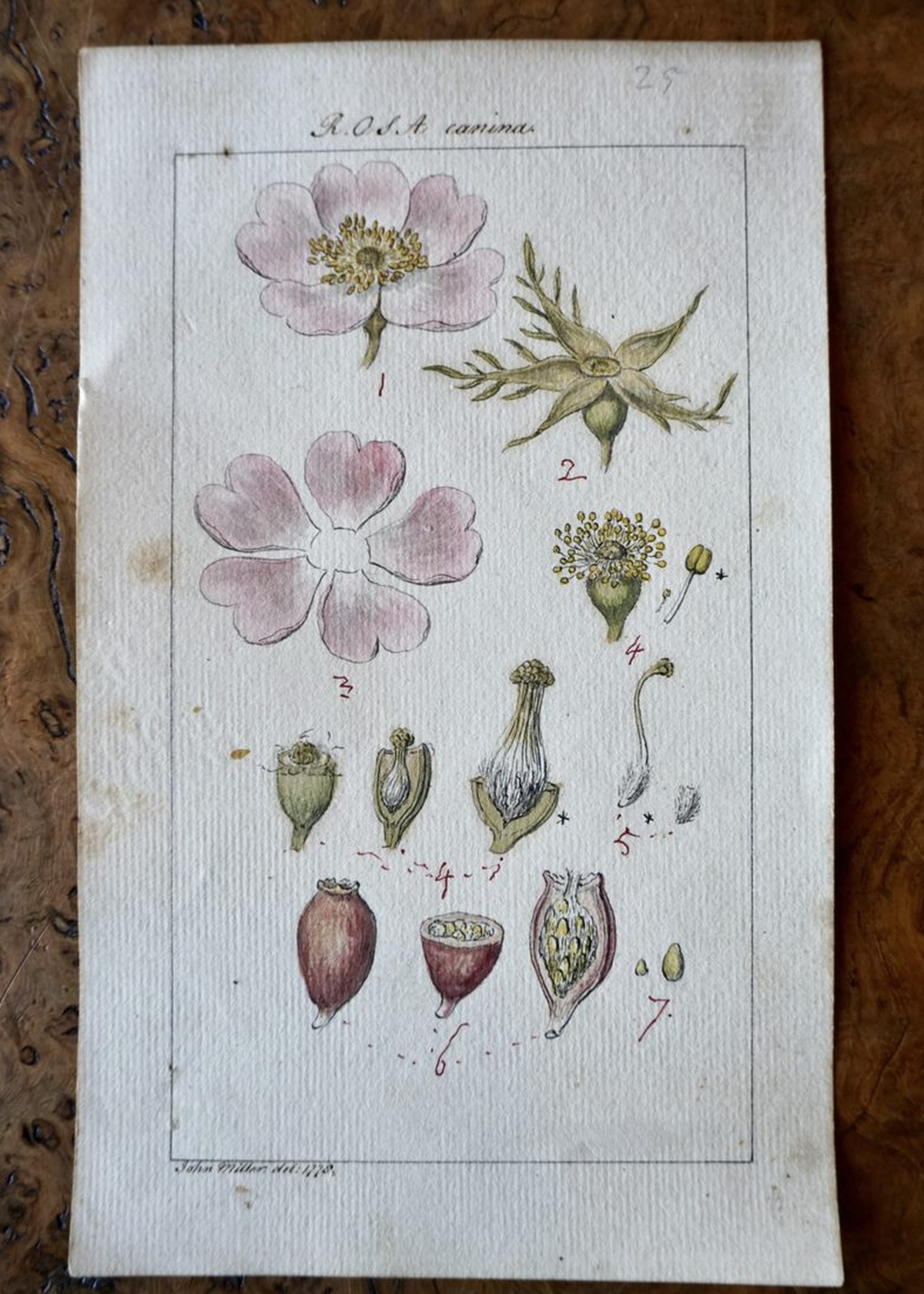
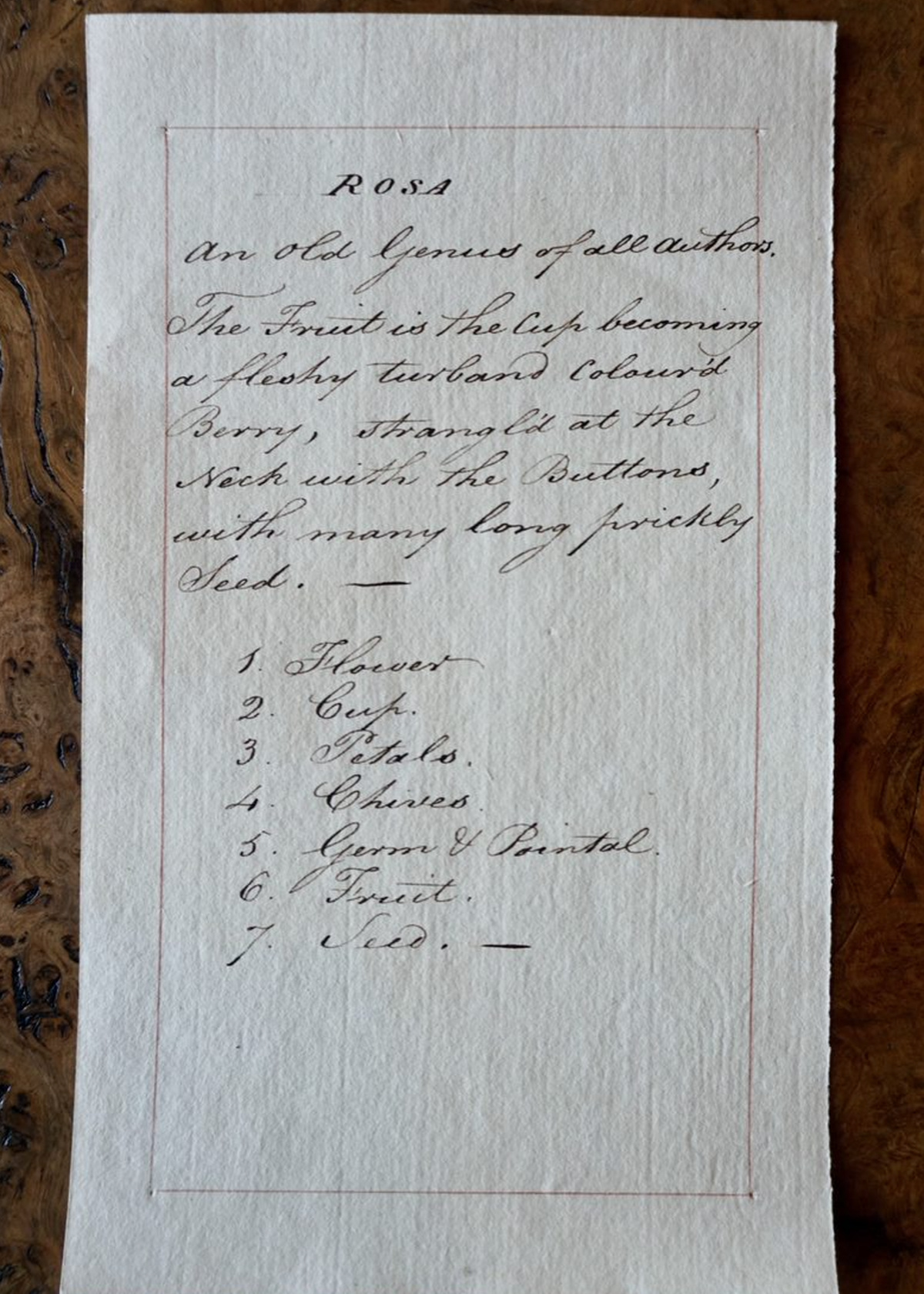
Come and see the fascinating Bute Collection on your visit to Mount Stuart this summer by planning your visit to our House and Gardens today!
